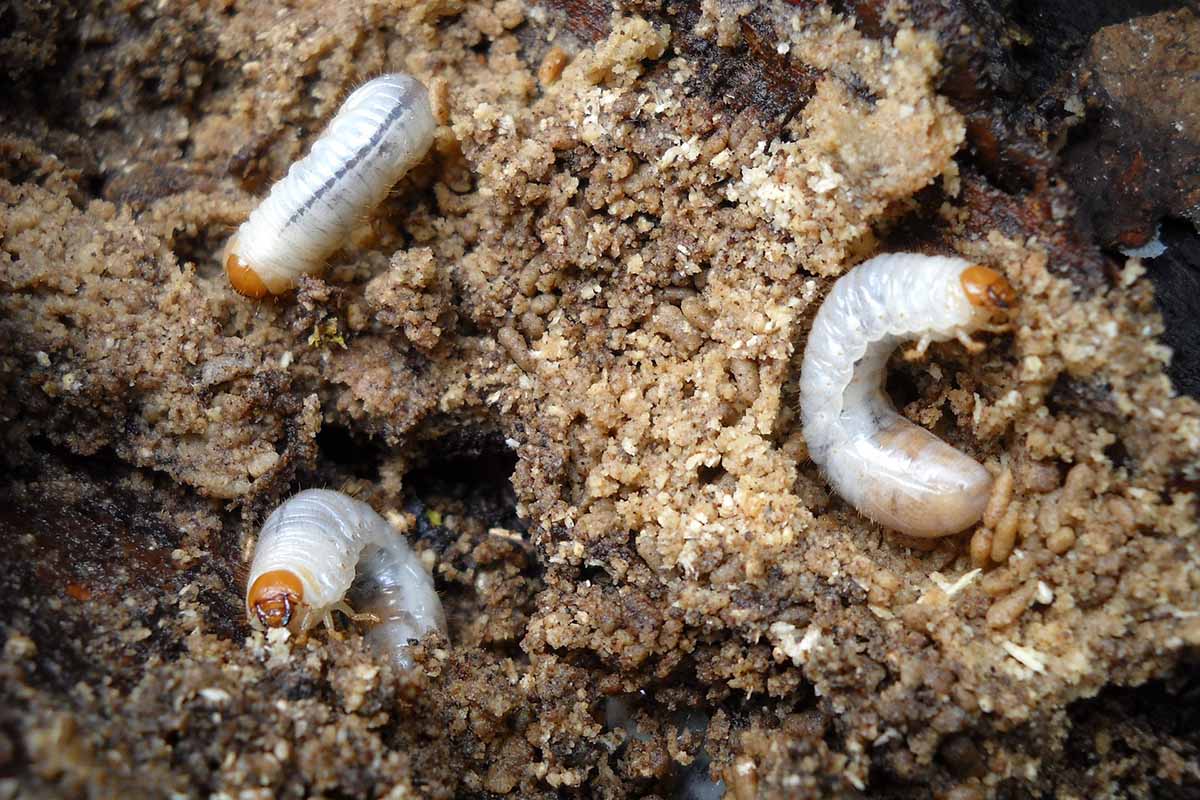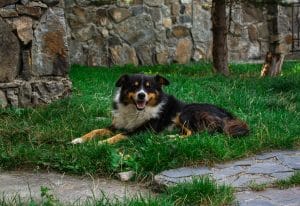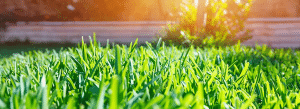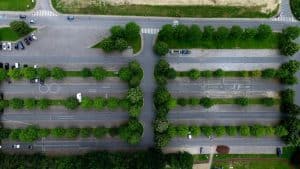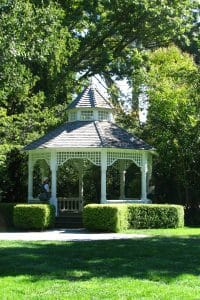Grubs in lawn getting you down? These larval pests feed on turfgrass roots, wreaking havoc in even manicured landscapes. Our guide to lawn grub identification, prevention and treatment can help rid your yard of these destructive insects before they do too much damage.
Identifying Lawn Grubs
Lawn grubs are plump, white, C-shaped creatures with three pairs of legs. also known as white grubs, they have brown heads and a voracious appetite. Technically, grubs are beetle larva. Upon maturity, they will develop into European chafer beetles, Japanese beetles or June bugs.
Female beetles lay their eggs in the soil, where they hatch and spend most of their one-year lifespan feeding beneath the ground. It’s the feeding part that creates a problem for property owners, as grubs will destroy grass root systems, leaving the visible parts of your lawn to wither and die.
These adult beetles and their larva wreak havoc throughout the state of Georgia. Signs of grub damage include irregular patches of yellowing or wilting grass. Sections of grass may look like they’re suffering from drought damage even though you’re watering regularly or there has been sufficient rain.
If you notice a lot of new bird activity in your yard, it may indicate a grub problem. Grubs also draw moles and raccoons, both of which can cause further lawn damage. In particularly heavy grub infestations, the ground may feel spongy. This is caused by grubs sheering off the root system to the extent that your turf can be rolled back like a carpet.
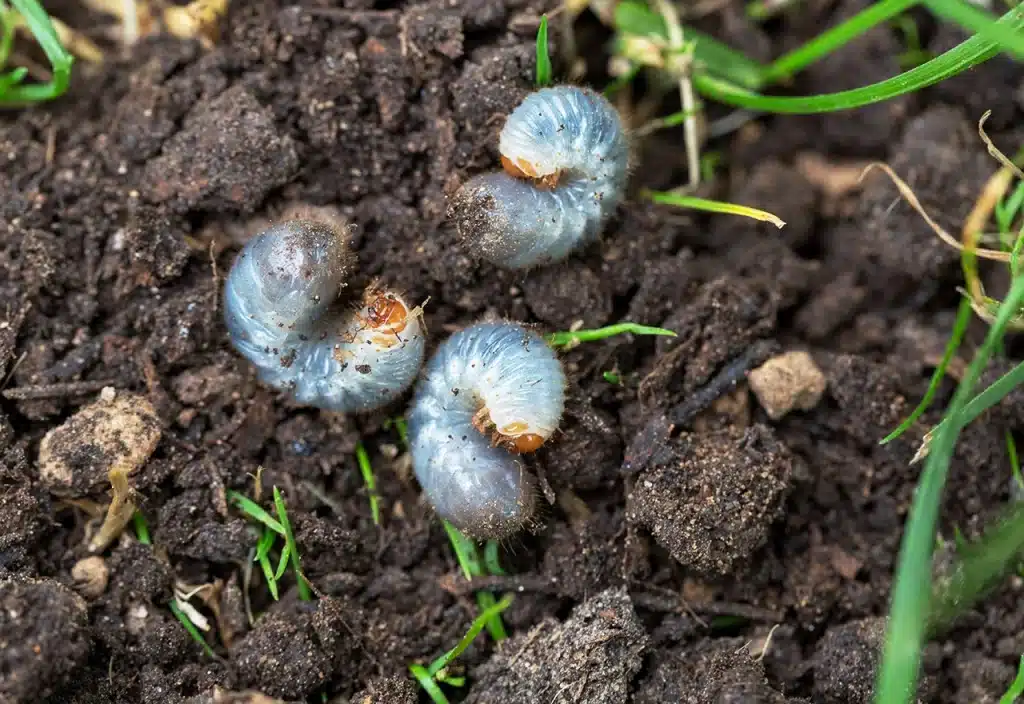
What Attracts Grubs to Your Yard?
If you notice grubs in your yard, you may wonder where you went wrong with your landscape maintenance program. Unfortunately, you probably did most everything right.
Grubs are attracted to healthy, thick grass – the exact type of lawn most homeowners aim for. Healthy grass means a healthy root system, which is their main food source.
The best way to avoid a grub infestation is to prevent adult female beetles from laying their eggs in your soil. Apply lawn insecticide early in the growing season, or schedule routine treatments with a professional lawn care service.
How Do You Get Rid of Lawn Grubs?
You’ve discovered you have grubs. Now what do you do? First, you need to determine if your grub population is out of control. While a few grubs in your lawn won’t wreak havoc, too many per square foot equals an infestation.
To check, use a spade to loosen three sides of a one square foot piece of sod. Be sure to dig down at least two to three inches. Lift the sod, using the uncut side as a hinge. Count the grubs, and then repeat this process in a few other areas of your lawn.
If you notice more than five grubs per square foot, it’s time to do damage control. There are several natural and chemical treatment options to help eliminate the problem.
Natural Treatment Options
- Apply neem oil mixed with water to control grubs and deter them from feeding.
- Spray dish soap mixed with water to suffocate both grubs and adult Japanese beetles.
- Treat with milky spore powder, which is a microscopic bacterium that feeds on beetle larva.
- Deploy beneficial nematodes, which are roundworms that destroy and prevent grubs.
- Limit moisture, because grubs need damp, pliable soil to survive.
- Dethatch and aerate your lawn so grubs have less protection from predators.
- Encourage more birds to your yard by building wren houses.
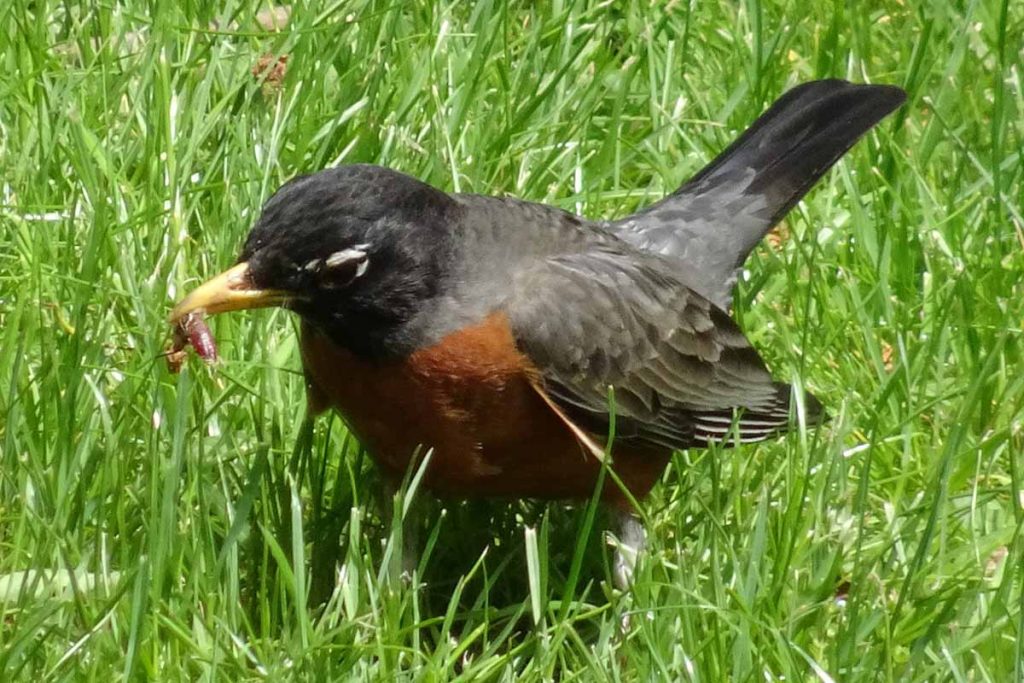
However, natural options have their drawbacks and may not be as consistently effective as chemical treatment. A few days before application, be sure to irrigate your lawn. This will help bring grubs closer to the surface, where pesticides will be more effective.
Chemical Treatment Options
- Trichlorfon-based insecticides, which kill grubs on contact, usually within 24 hours. Some formulations also penetrate through thatch, making them particularly effective at getting grubs where they hide.
- Granule carbaryl-based insecticides, which kill all life stages of grubs and help control a wide range of insect pests.
While these two chemicals are highly effective at killing grubs, they are not as effective as preventative treatments in reducing overall grub numbers. Additionally, it’s important to mow your lawn before applying. This gets rid of any flowering weeds that may draw bees, helping protect the pollinator population.
What is the Best Time of Year to Treat for Grubs?
In Georgia, summer and early fall are the best times of year to estimate your grub population. The grubs will be near the soil surface so that they can feed at the root zone. Using the method outlined here, determine if your lawn requires treatment.
While grubs are active during the summer growing season, fall is actually the peak time for grub feeding and the best time to treat. When the weather starts to cool, grubs eat more. They’re preparing to dig further underground to protect themselves from freezing temperatures. This is also the time that females lay their eggs, which are right at the surface.
However, prevention is ultimately the best cure. Products containing thiamethoxam, clothianidin or chlorantraniloprole work well on newly hatched grubs when applied in early summer. Additionally, regularly scheduled insecticide applications will reduce the adult female beetle population. This helps prevent them from laying their eggs in your lawn in the first place.
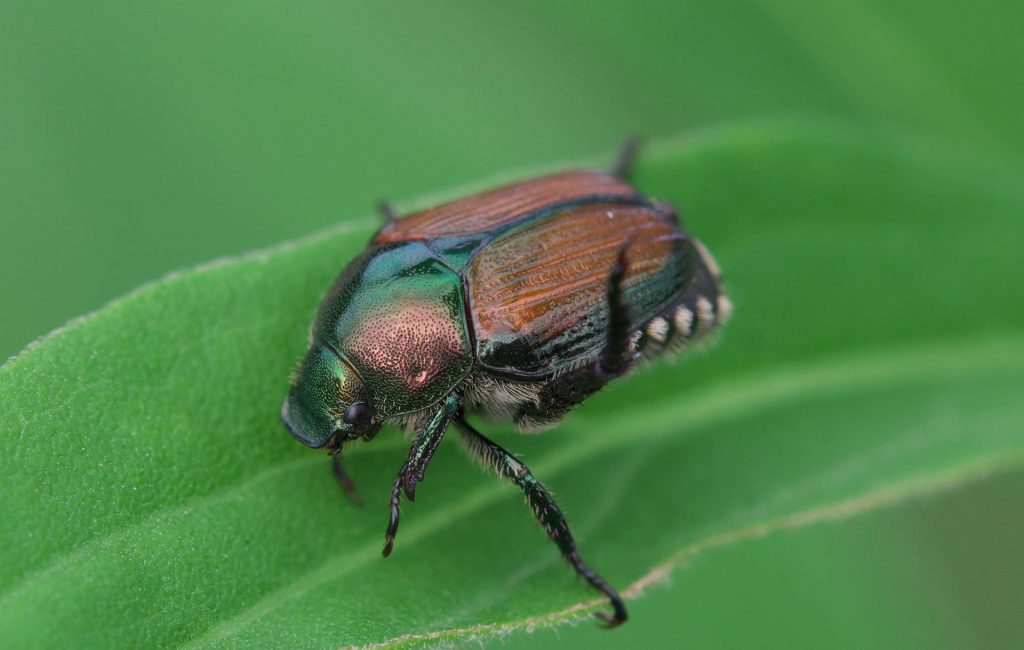
Grubs in Lawn Getting You Down? It Might be Time to Hire a Professional
Grub destruction is often difficult and expensive to repair. Severe infestations may require total sod replacement. It’s better for your lawn and your budget if you make grub prevention a priority.
If grubs are getting you down, the landscape professionals at Oasis Landscapes & Irrigation can help. For professional advice about keeping your lawn grub-free, or to schedule service, contact us or call Oasis Landscapes & Irrigation at (770) 609-1871.

